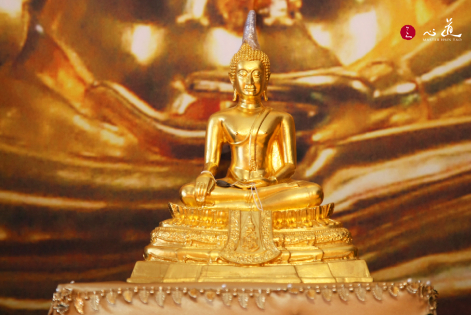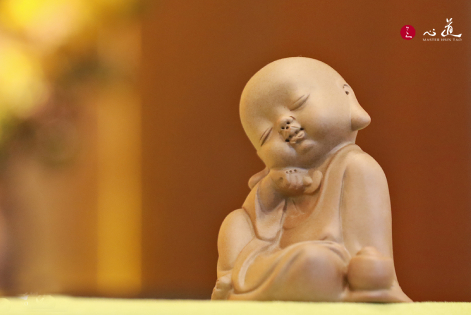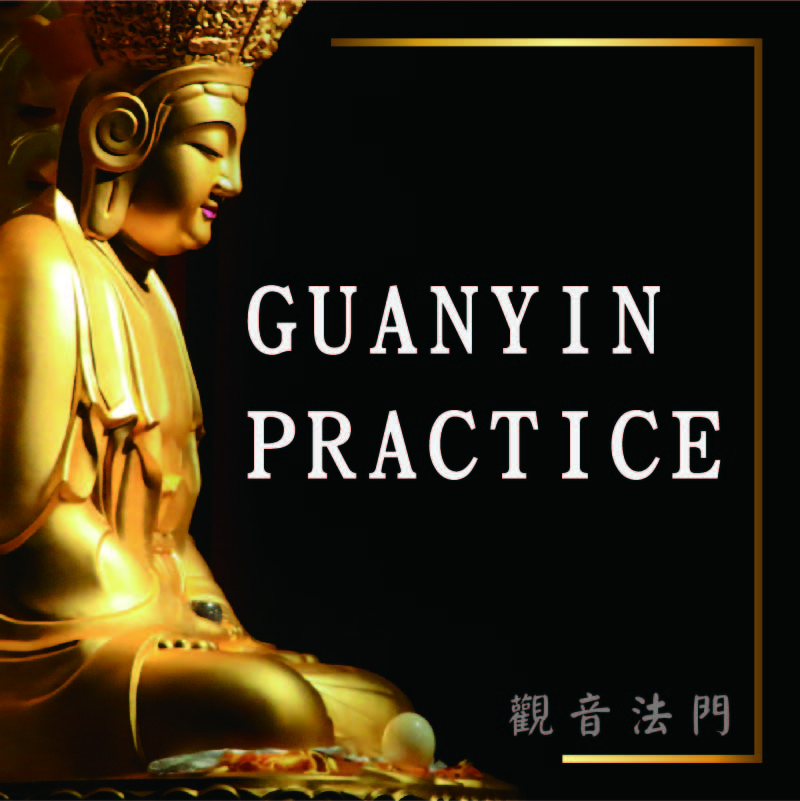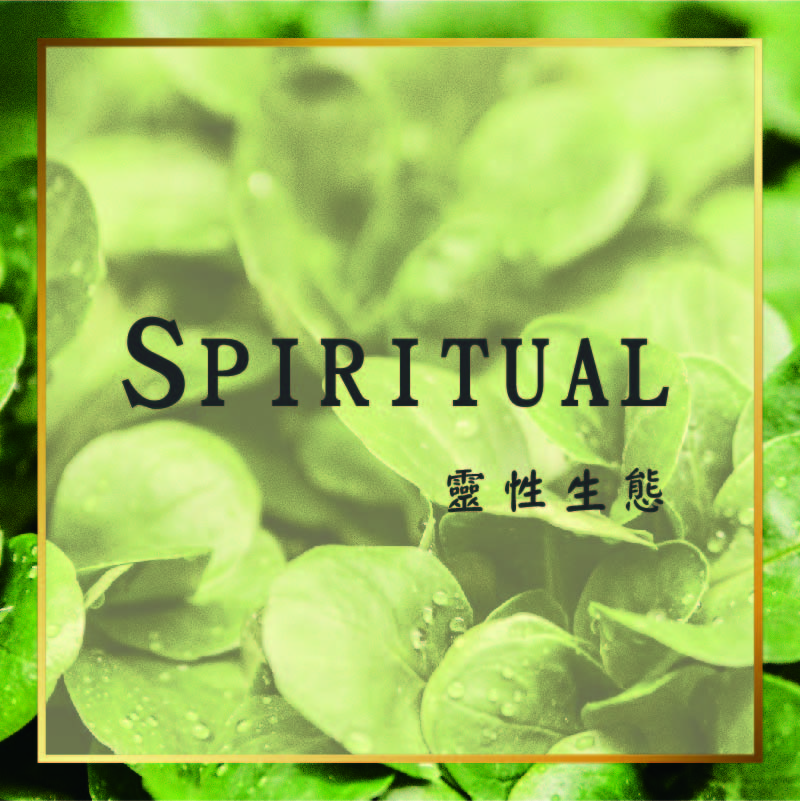
The Four Steps of Chan Practice
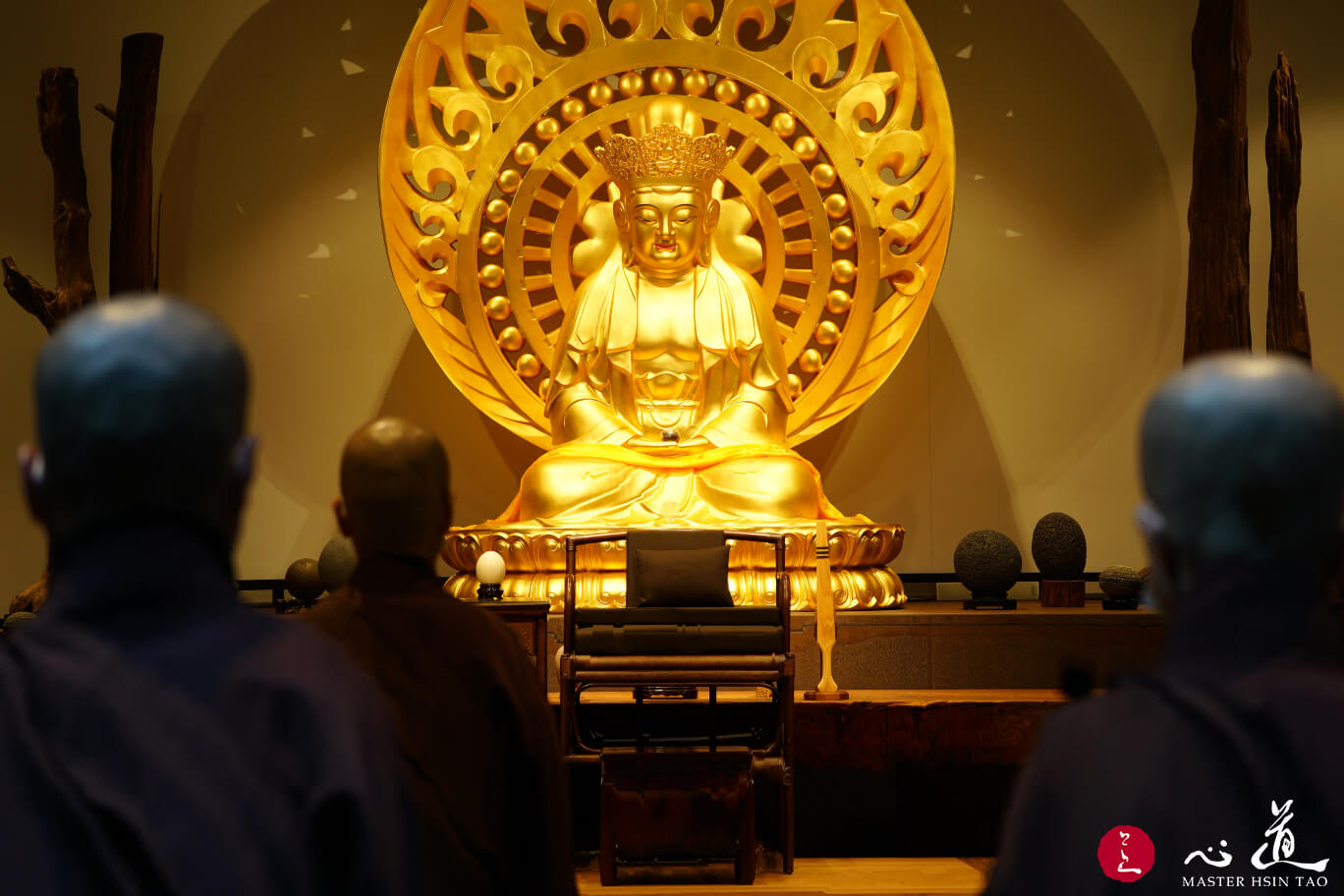 Among the four steps of the Chan meditation that is also referred to as peace meditation, the first one is to deeply breathe in and out from the point under our navel (Jap. hara, Chin. dantian). This is to expel stale air and stale energy, and to breathe in fresh air and energy. We repeat this seven times for one full circle. When we breathe in, we let the air rise from the dantian to the heart and to the throat, and when we breathe out, we notice how the air passes through our nose. When we practice deep breathing, we breathe out everything unwholesome and breathe in everything wholesome. Sit with a straight back, lift up your head, and slightly tuck in your chin towards the throat, and pay attention as the air rises through the throat. Your awareness rests on your throat. Breathe out naturally through your nose. Repeat this seven times.
Among the four steps of the Chan meditation that is also referred to as peace meditation, the first one is to deeply breathe in and out from the point under our navel (Jap. hara, Chin. dantian). This is to expel stale air and stale energy, and to breathe in fresh air and energy. We repeat this seven times for one full circle. When we breathe in, we let the air rise from the dantian to the heart and to the throat, and when we breathe out, we notice how the air passes through our nose. When we practice deep breathing, we breathe out everything unwholesome and breathe in everything wholesome. Sit with a straight back, lift up your head, and slightly tuck in your chin towards the throat, and pay attention as the air rises through the throat. Your awareness rests on your throat. Breathe out naturally through your nose. Repeat this seven times.
The second step is to adjust our thoughts, because they are very distracting. So we need to bring our attention from the eyes to the nose (literally: the eyes see the nose), from the nose to the mouth (literally: the nose sees the mouth), and from the mouth to the heart (literally: the mouth sees the heart). When we are able to focus our thoughts in this way, it is easier to achieve “stopping and contemplating.” When we bring our attention to the nose, our awareness and concentration rest on the area between nose and mouth, and when we move our attention from the nose to the mouth, our attention and concentration rest on the mouth, and when we move our attention from the mouth to the heart, our awareness and our concentration rest on the heart. When I say: No thoughts or images in our heart (literally: the heart has nothing to contemplate), we simply let go, without engaging in any mental contemplation or action.
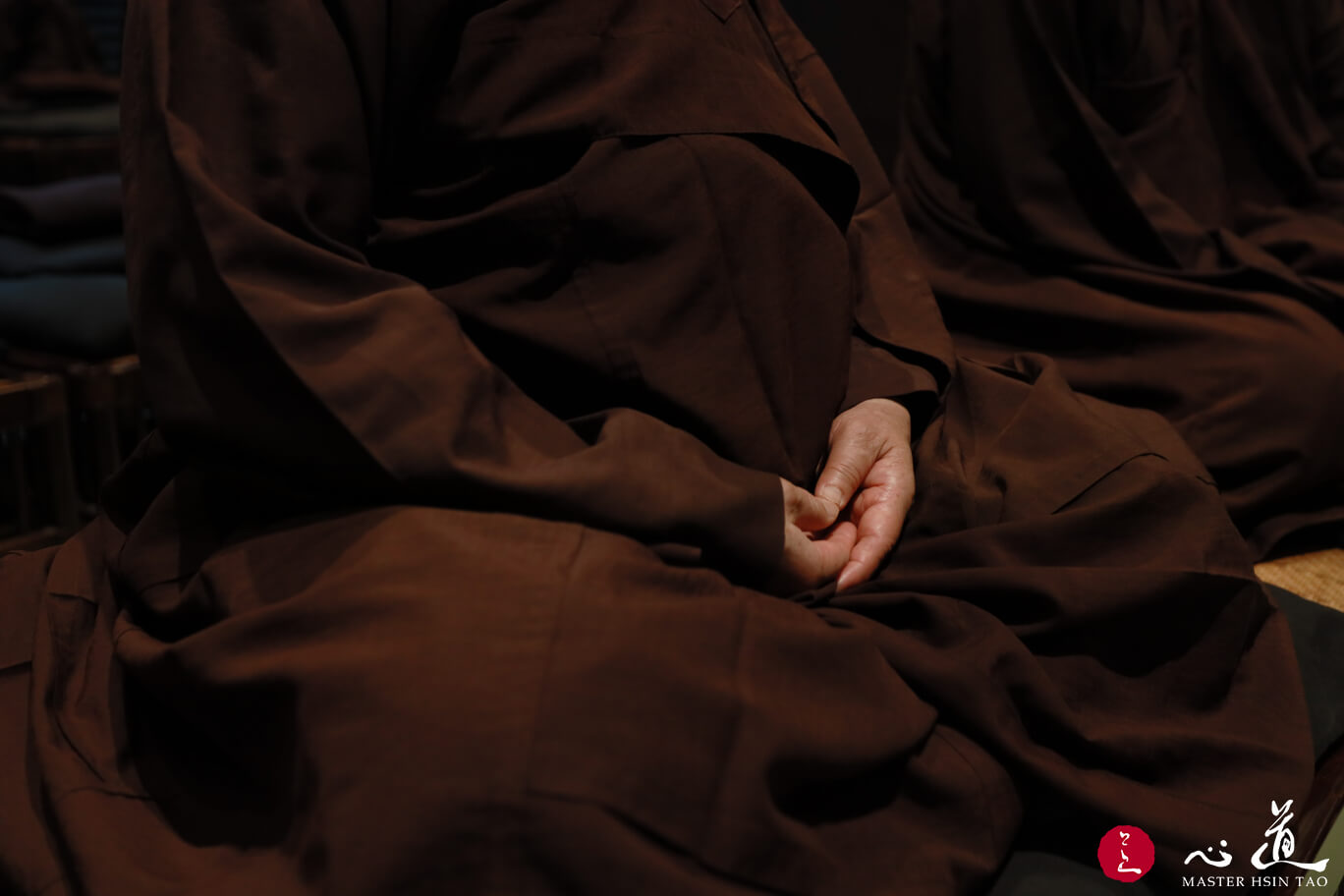 The third step is also about awareness. Once we have managed our distracting thoughts a bit better, we start observing our breath, which means that we contemplate our breath, becoming aware of our breath. Quietly and peacefully pay attention to your in-breath and out-breath, and notice whether it is long or short, rough and smooth. Your awareness needs to be very clear.
The third step is also about awareness. Once we have managed our distracting thoughts a bit better, we start observing our breath, which means that we contemplate our breath, becoming aware of our breath. Quietly and peacefully pay attention to your in-breath and out-breath, and notice whether it is long or short, rough and smooth. Your awareness needs to be very clear.
The fourth step is listening. We relax our ears, our head, our shoulders, our entire body, and every cell in our body. Let us quiet down, let everything quiet down, and then listen to the silence, to the soundless in everything. We listen to the silence – everything is silent, everything is without any sound. Listening to silence without any sound means listening to silence, listening to no sound, listening to silence without any sound.
The four steps of the Chan peace meditation described above are also “stopping and contemplating.” Deeply breathing in and out is “stopping and contemplating.” Bringing our attention from the eyes to the nose, from the nose to the mouth, and from the mouth to the heart is “Stopping and contemplating.” Paying attention to our breath is also “stopping and contemplating”, and listening to silence is also “stopping and contemplating.” This means that our practice is never separate from “stopping and contemplating.” Why do we need to stop? It is in order to concentrate our mind and heart, to let all thoughts stop on just one thought. And what do we contemplate? We contemplate the very spot on which we stop.



